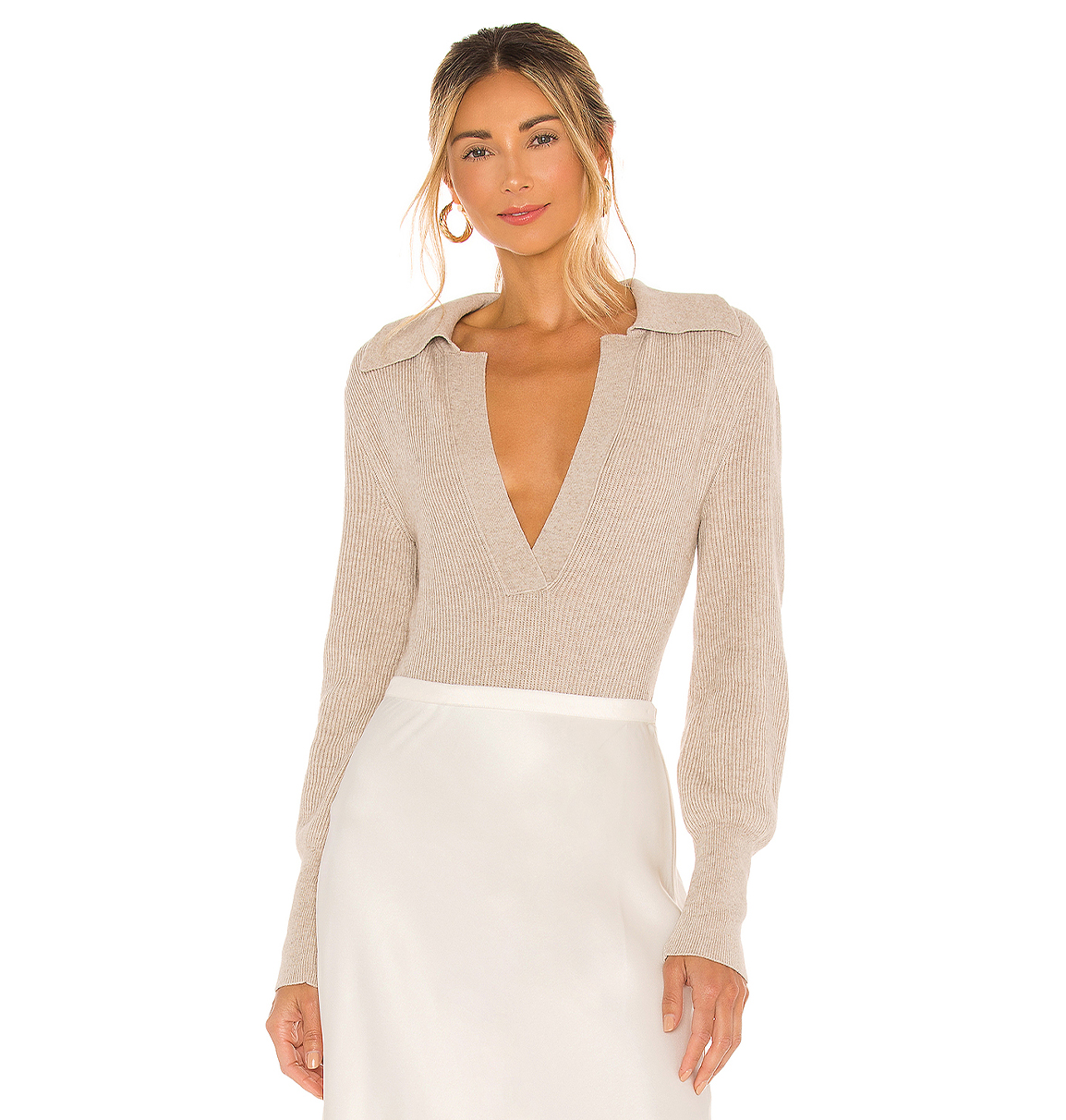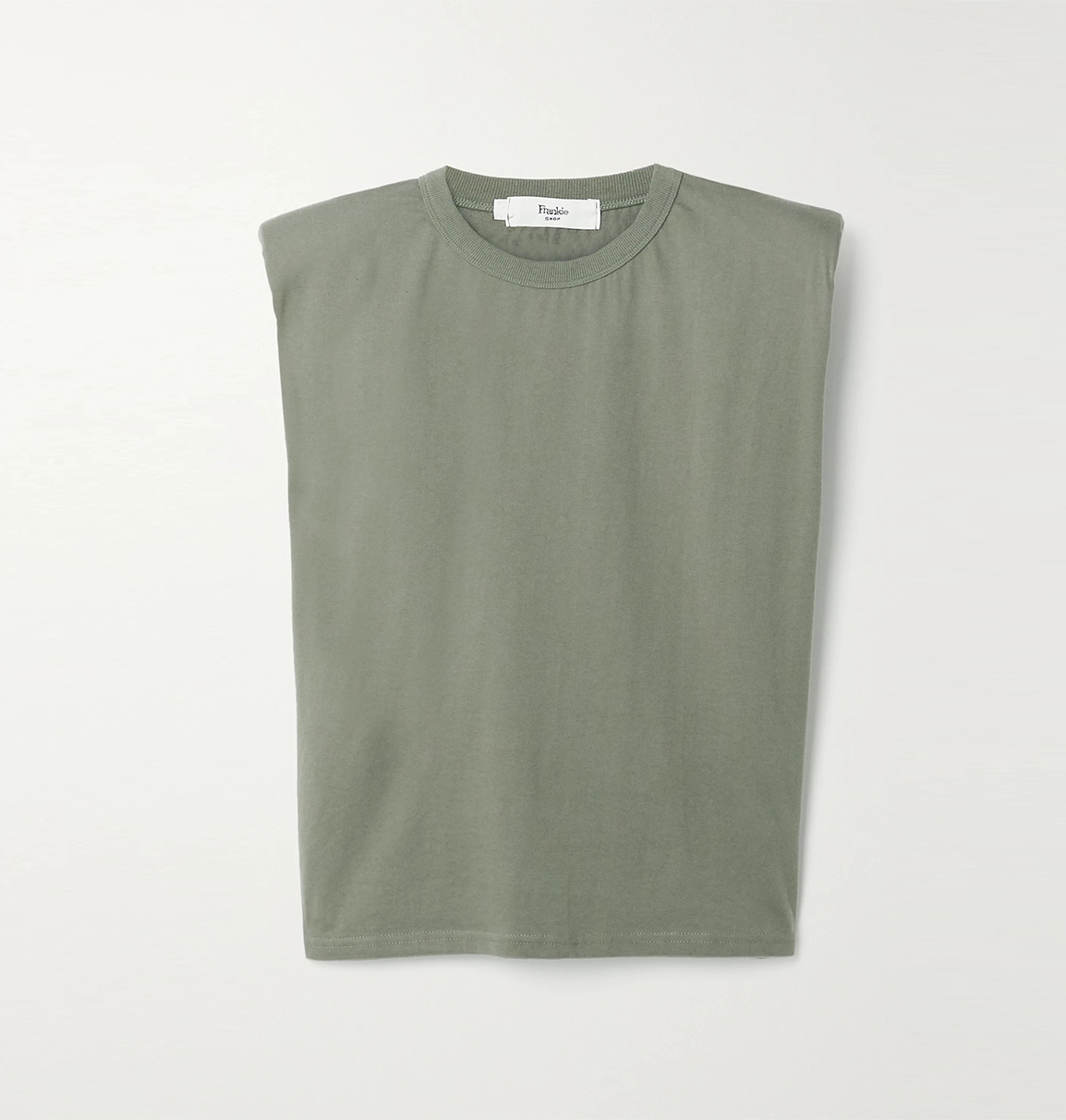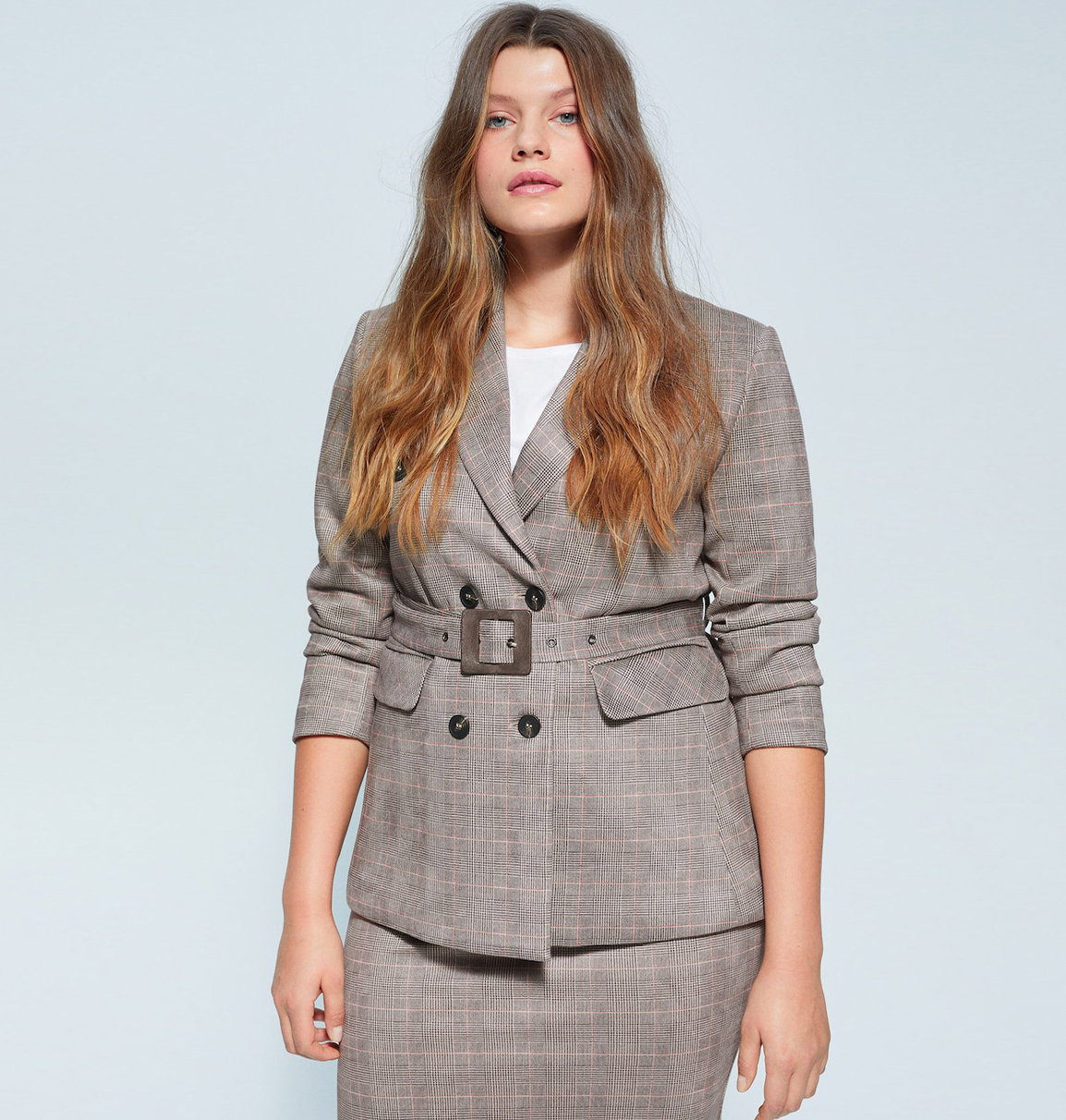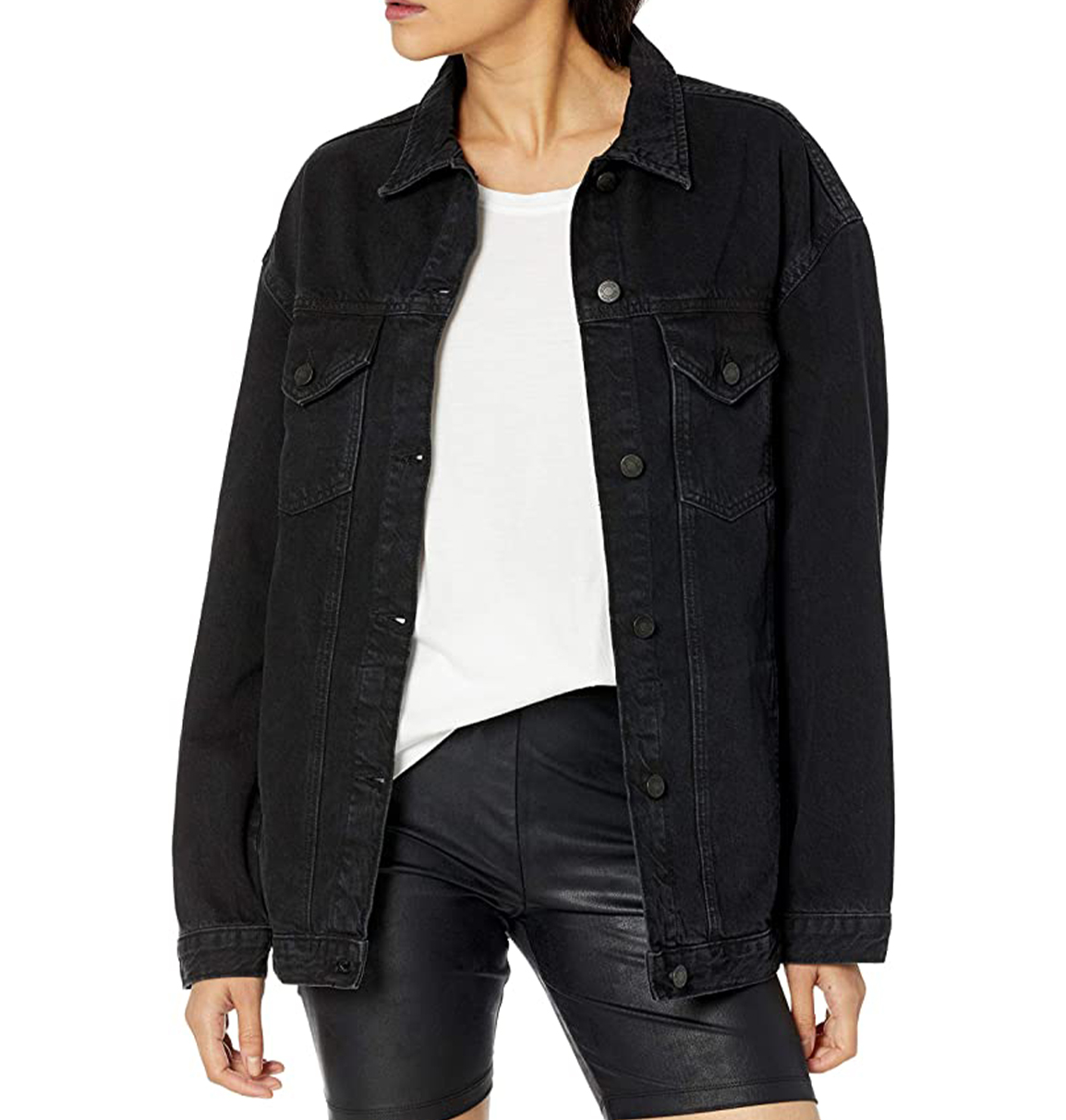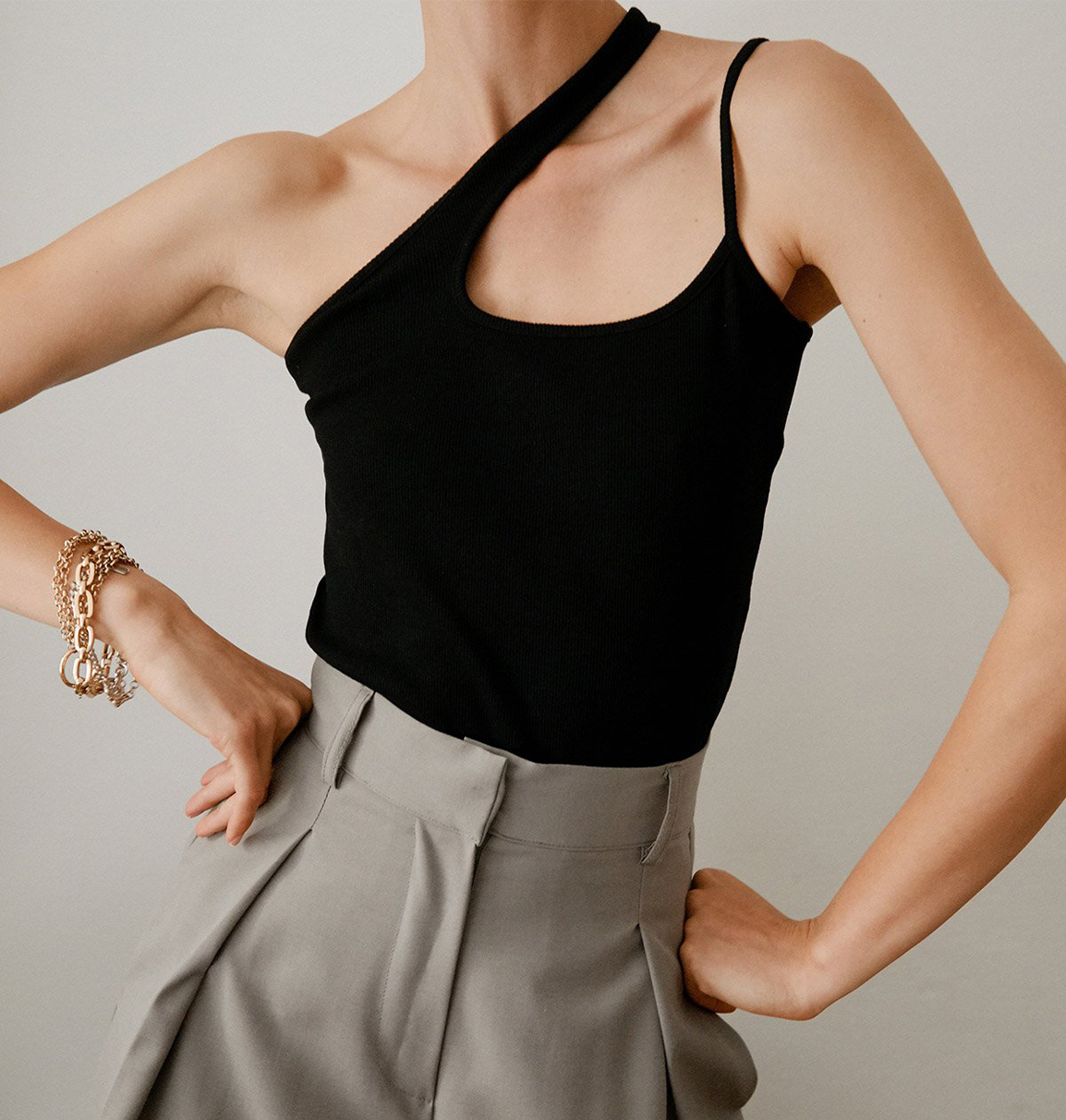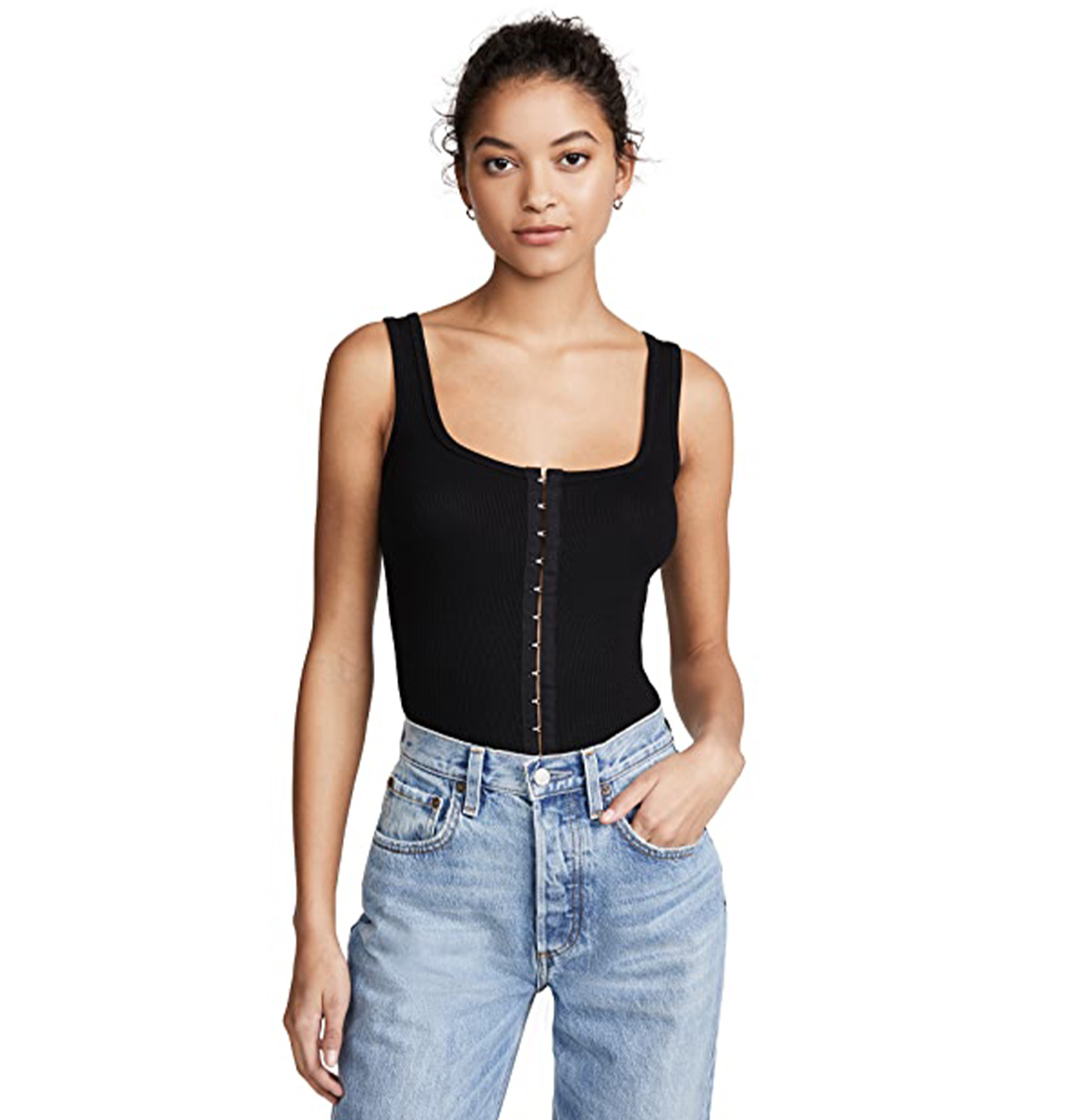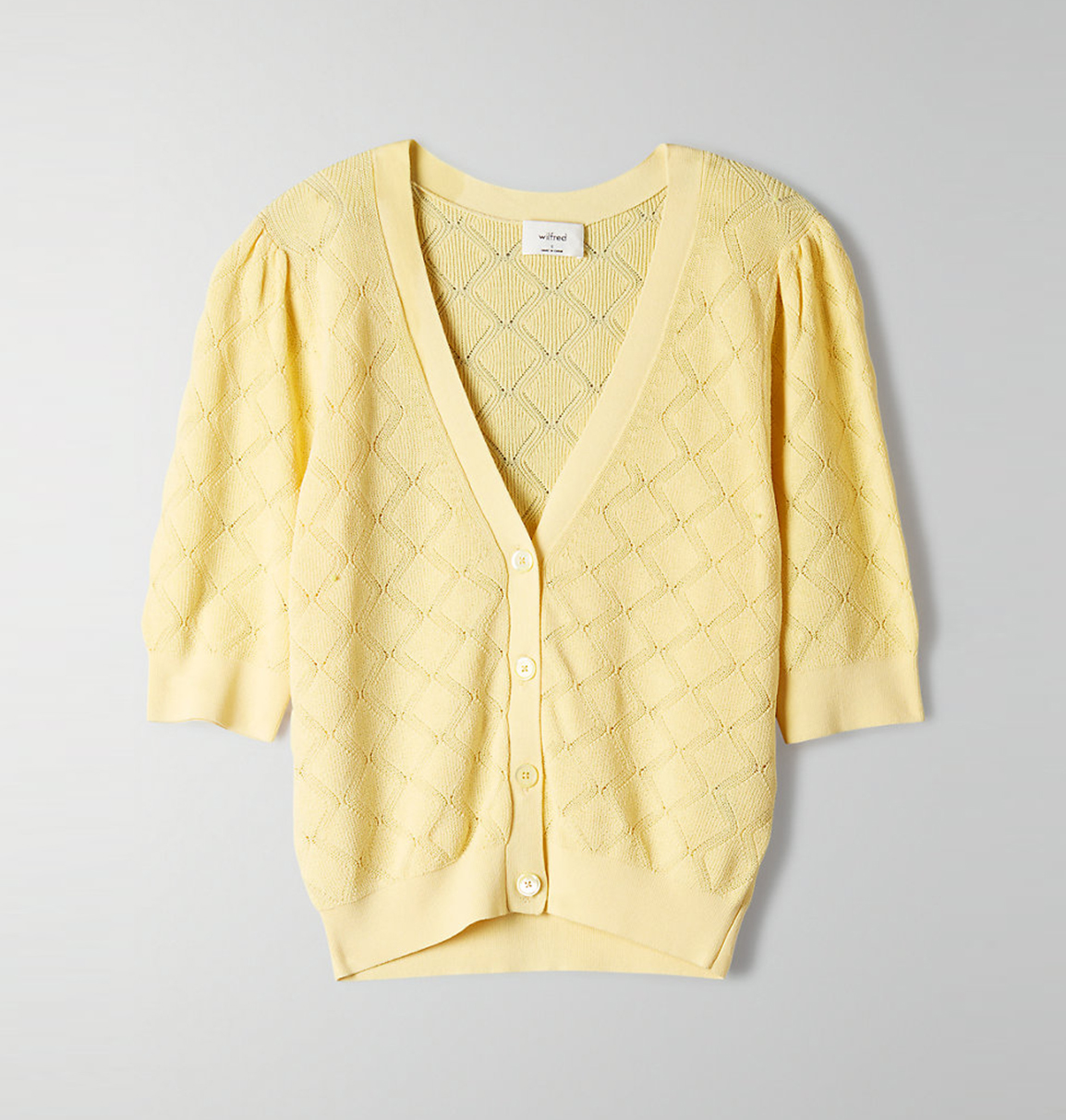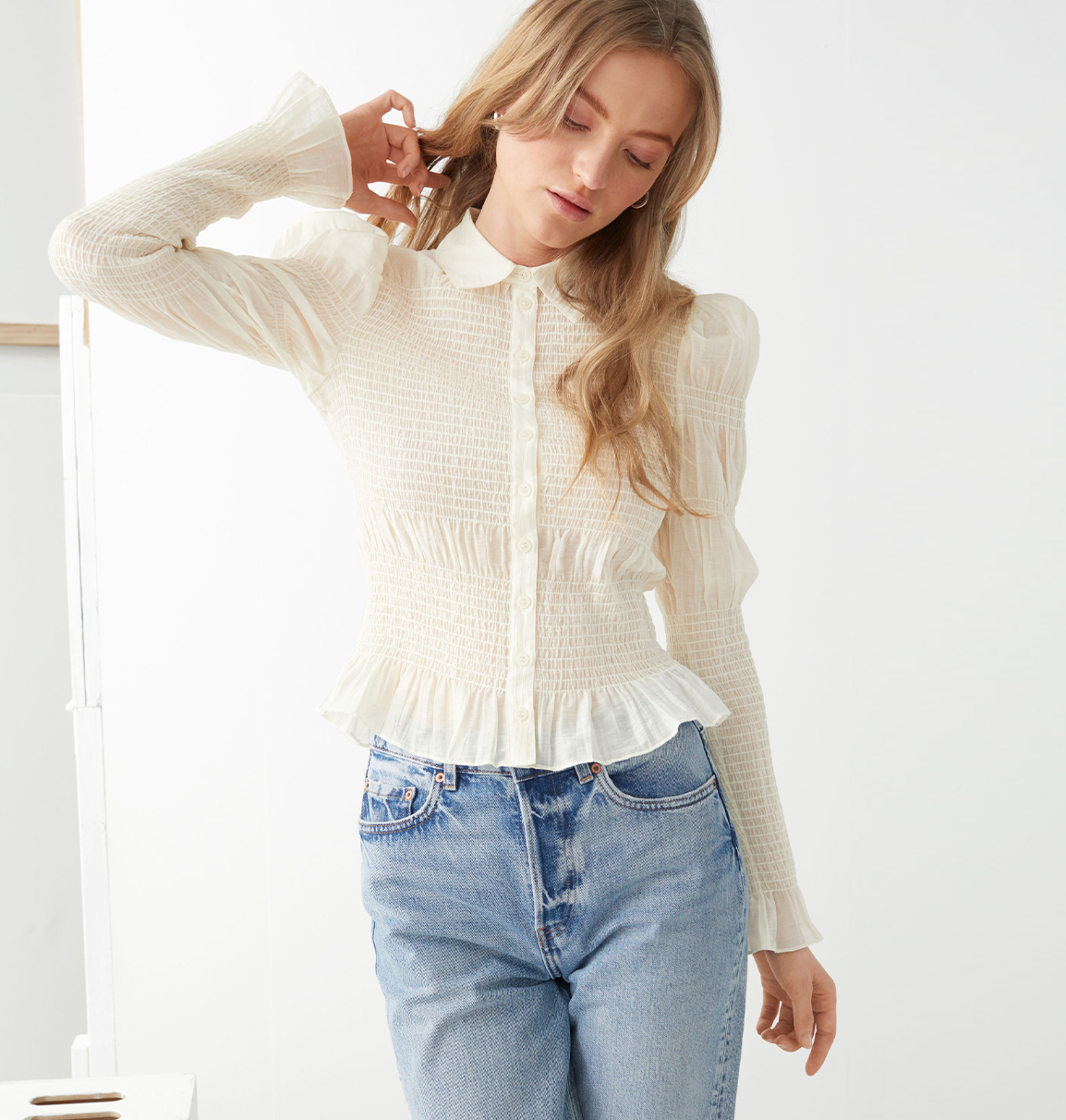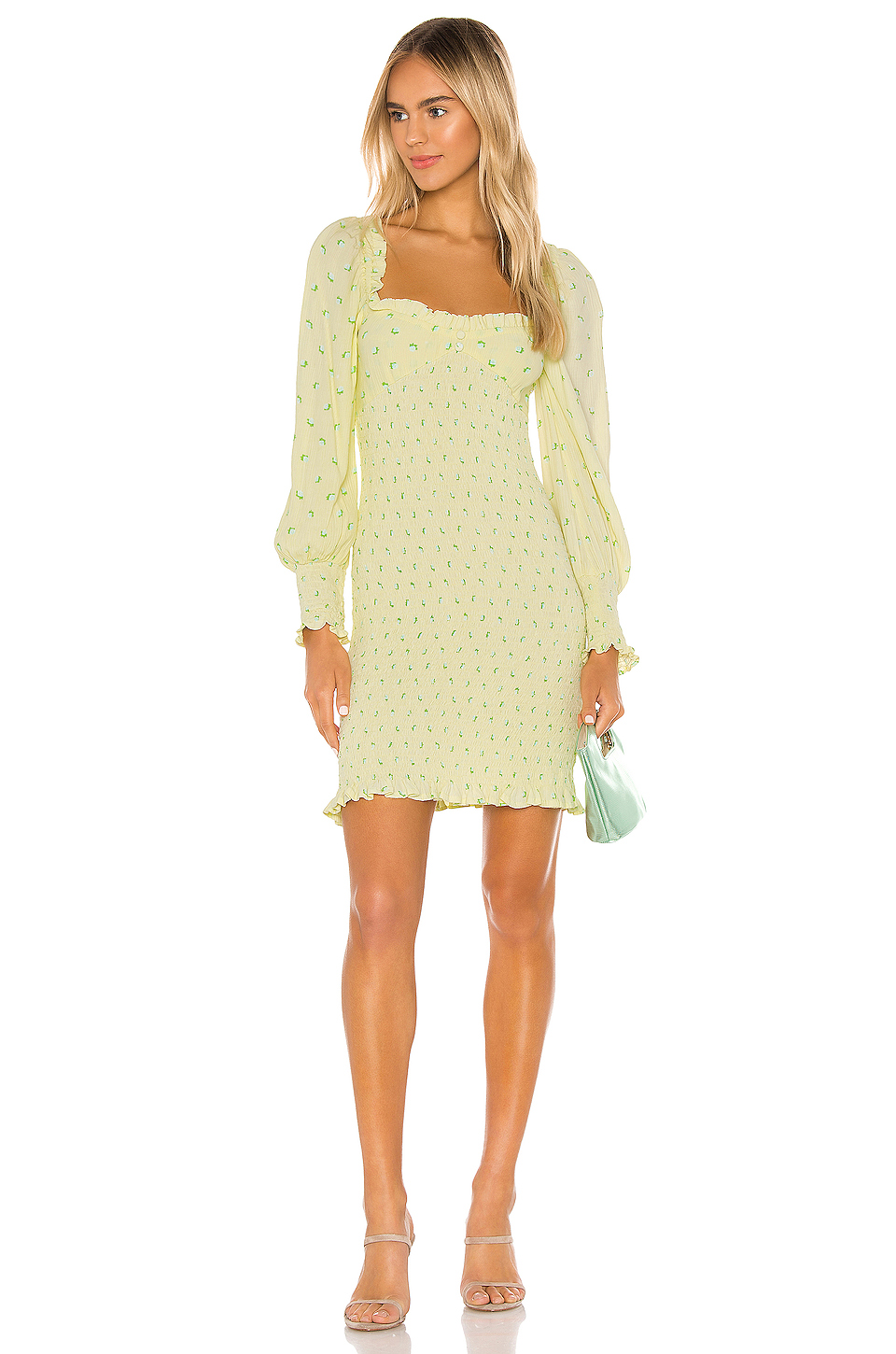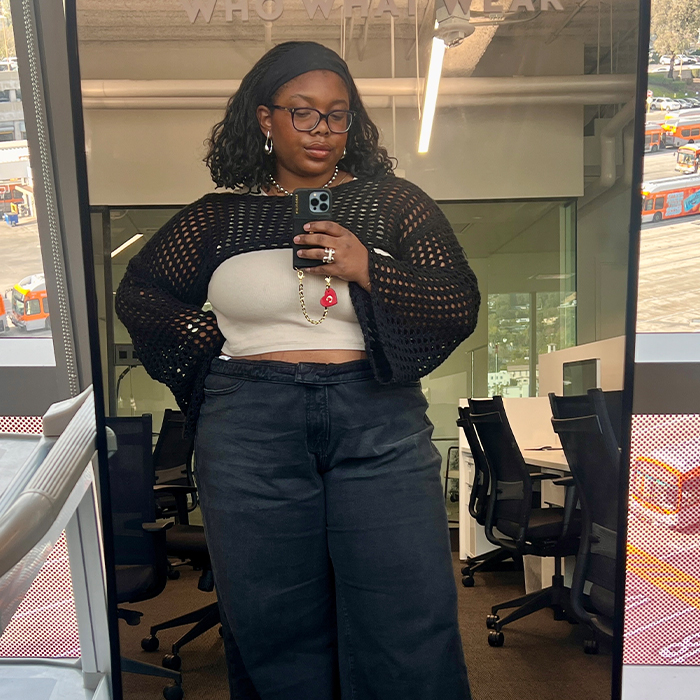What Is Permanent Press? Your Laundry Settings, Demystified

Odds are you’ve got a solid arsenal of wardrobe trivia up your sleeve—like which colors flatter your skin tone, what style of boot best suits the season, and so on. But for many, something as practical as navigating washing machine settings leaves us second-guessing our transition into adulthood. To keep your clothes in the best possible shape, knowing the nitty-gritty of proper laundering is essential. Read on for a quick guide to everything you need to know about your washing machine settings—including which temperatures to should use, when heavy-duty washing is required, and what permanent press means.
The Laundry Settings
Pre-wash refers to a soak that treats clothes before the regular wash cycle. This is used specifically for stain removal and extremely dirty clothing. This setting should be accompanied by a stain-targeting detergent.
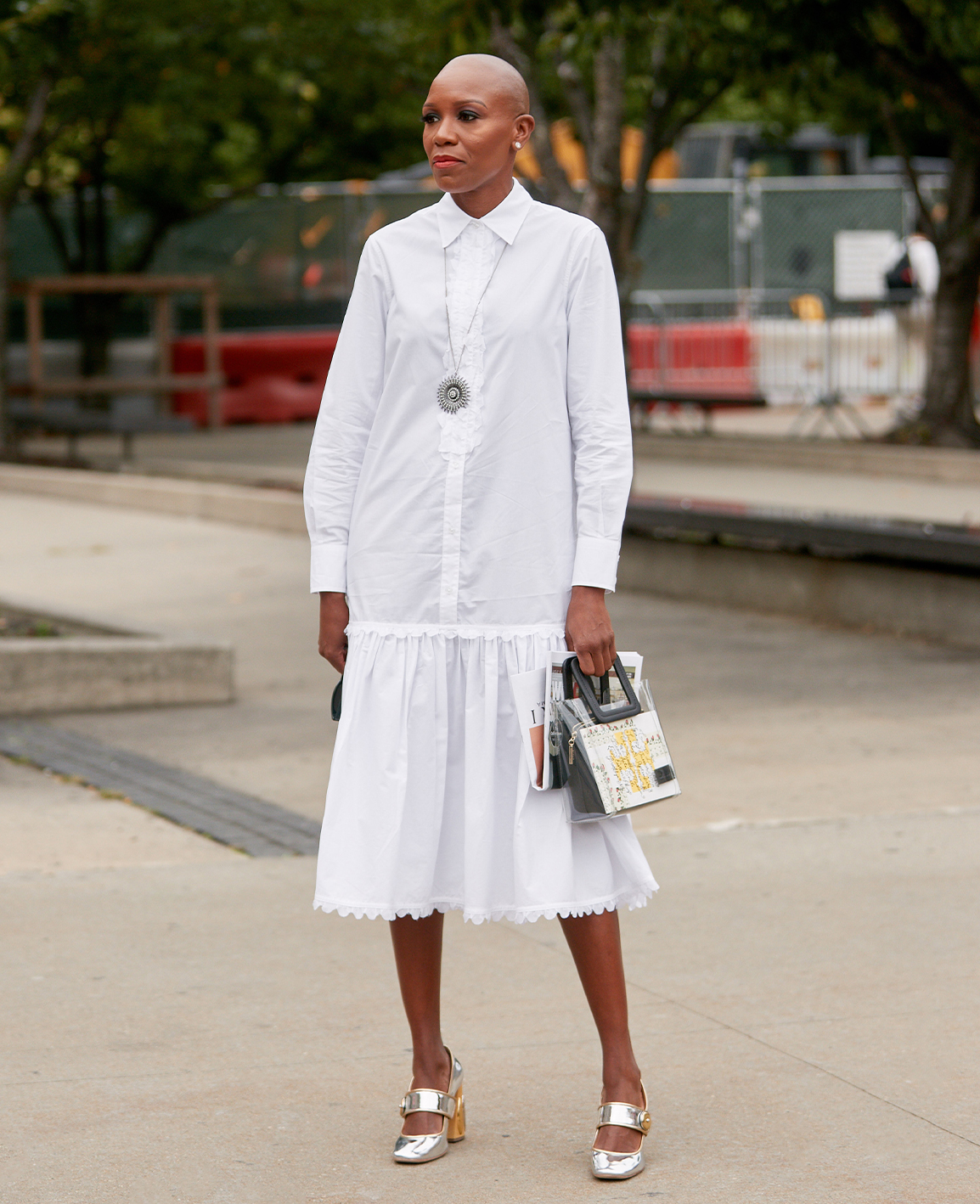
Regular wash or "normal wash” is what you should use for casual clothing like jeans and non-delicate T-shirts, linens, and towels. This setting uses hot water and high-powered tumbling and is ideal for items that don’t need to be treated gently.

Permanent press is made for blouses, slacks, and most of your professional attire. This setting uses warm water and slow tumbling to remove and minimize wrinkles, hence the term "permanent press.” (Mystery solved.)

Delicates is the perfect setting to use for thin fabrics, lingerie, and sweaters that are prone to damage by more intense cycles. This setting uses cold water and the gentlest, slowest spin.

Heavy duty is, as you might expect, a setting reserved for only the toughest laundering projects. Hot water and rigorous spinning provide intense treatment for basic fabrics that are in need of serious cleaning. This is a good choice for bedding as well.
The Temperatures

Cold water helps prevent color bleeding and is the right setting for delicates, heavily dyed fabrics, and clothing that is not stained. Cold water is also best for dark clothes to avoid fading the color.
Warm water is better at stain removal than cold water and is a good choice for most general laundering. This is the temperature used for permanent press. It’s best to use warm water for light-colored garments.
Hot water is the most effective at stain removal but can also cause certain fabrics to shrink. That said, use it selectively. Bedding (especially light colors like white sheets) is best washed with hot water.
Additional Tips

Now that you know what those settings mean, you’re basically an expert, but here are a couple extra tips to keep your laundry fresh:
The delicate cycle is not a substitute for handwashing. Be sure to treat your most particular clothing items with the attention they deserve… outside the washing machine.
Separate colors and clothing types. Wash delicate fabrics with other delicate fabrics, cottons with cottons, towels with towels, and always separate darks from lights.
Always check the label. Care labels aren’t there for decoration. Read the instructions and take a moment to familiarize yourself with the basic laundry care symbols. Protecting the longevity of your clothing will be well worth the effort.
Shop pieces we currently love:
Now that you know how to keep your clothes looking like new, see how to iron delicate silk.
This story was published at an earlier date and has been recently updated.
-
 Jamie Mizrahi's World: The Celeb Stylist's Favorite Red Carpet Look, Most Worth-It Shoe, and Album She Listens to on Repeat
Jamie Mizrahi's World: The Celeb Stylist's Favorite Red Carpet Look, Most Worth-It Shoe, and Album She Listens to on RepeatA modern-day style expert.
By Allyson Payer
-
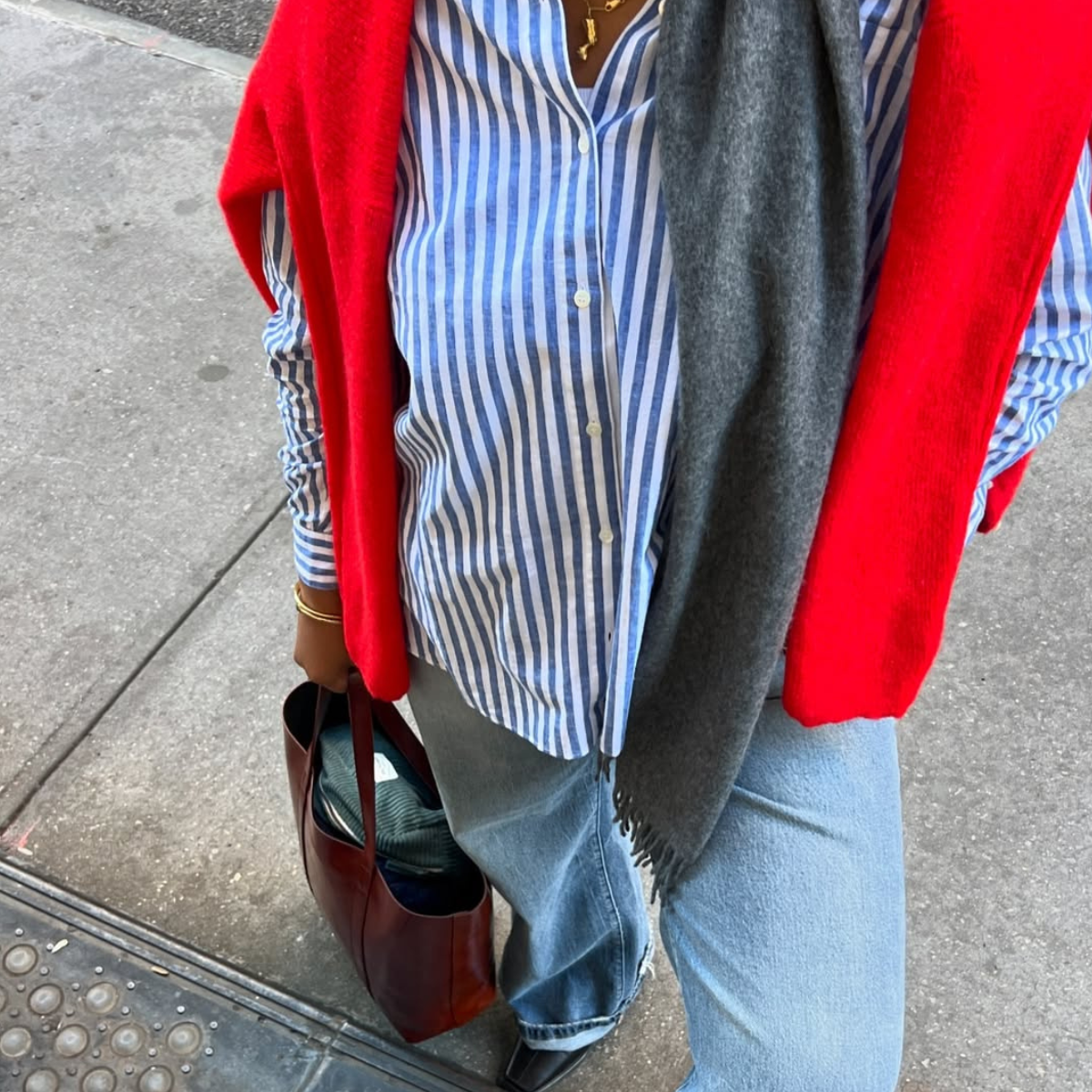 How Everyone Will Be Wearing Their Non–Skinny Jeans This Spring
How Everyone Will Be Wearing Their Non–Skinny Jeans This SpringHere's your outfit inspiration.
By Michelle Scanga
-
 Suddenly, Women With The Row Style Are Breaking This Fashion Rule
Suddenly, Women With The Row Style Are Breaking This Fashion RuleYou should too.
By Nikki Chwatt
-
 We're Fashion Editors—Everything We Saw, Wore, Did, and Ate During NYFW
We're Fashion Editors—Everything We Saw, Wore, Did, and Ate During NYFWLet's dive in.
By Anna LaPlaca
-
 Jenna Lyons's World: Her Go-To Red Lipstick, Her Latest Eyewear Collab, and the J.Crew Pieces She Still Wears Today
Jenna Lyons's World: Her Go-To Red Lipstick, Her Latest Eyewear Collab, and the J.Crew Pieces She Still Wears TodayA true fashion icon.
By Judith Jones
-
 Not Into Trends? Renée Zellweger's Winter Outfit Combo Is 100% Classic
Not Into Trends? Renée Zellweger's Winter Outfit Combo Is 100% ClassicJust as you are.
By Drew Elovitz
-
 Emma Chamberlain's World: Her Warby Parker Collab, Two-Phone Rule, and Spiciest Fashion Takes
Emma Chamberlain's World: Her Warby Parker Collab, Two-Phone Rule, and Spiciest Fashion Takes"I just want to bring the most joy to people."
By Anna LaPlaca
-
 4 Anti-Trend Outfits I Spot Every Time I'm in Europe
4 Anti-Trend Outfits I Spot Every Time I'm in EuropeClassic looks that are always in style.
By Natalie Cantell

